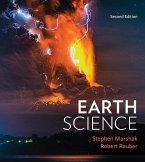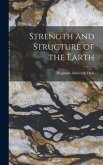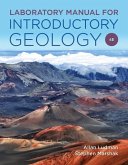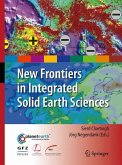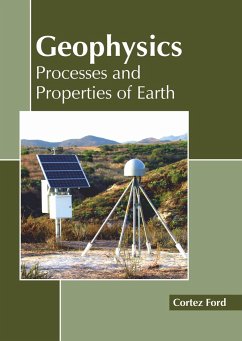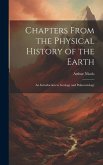Earth Structure shows how assemblages of structures relate to different geological settings in the context of plate tectonics. Chapters are self-contained modules that can be arranged in various sequences depending on instructor preference, and the book uses a conversational writing style, employing familiar analogies and field examples. Mathematical analysis, where used in the book, is kept at a basic level. Popular features include: . Self-contained chapters on deformation mechanisms (both brittle and plastic) and deformation products (fractures, faults, folds, and fabrics) that allow instructors to provide a foundation of understanding on "how" deformation takes place, as well as a thorough description of what deformation causes. . Whole chapters on tectonic settings. These chapters allow the book to be used either for a one-semester course that relates deformation to tectonic settings or for a succession of two courses (one on structure and one on tectonics), thus enabling students to buy just one book. . Essays on Regional Perspectives that provide information on tectonic analysis for eleven regions around the globe written by specialists in the area-discussions include the European Alps, the Altaids, the Appalachians, and the Cascadia Wedge. . Over 570 detailed figures providing informative illustration of concepts.


